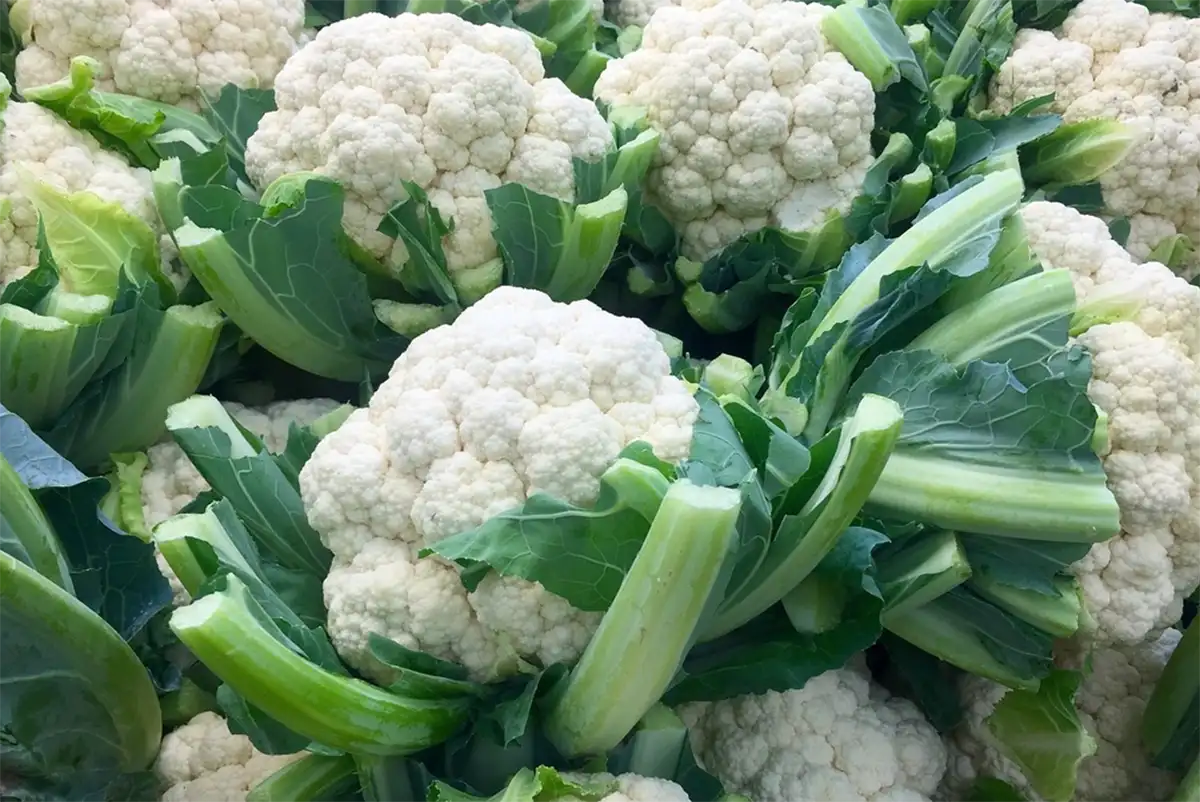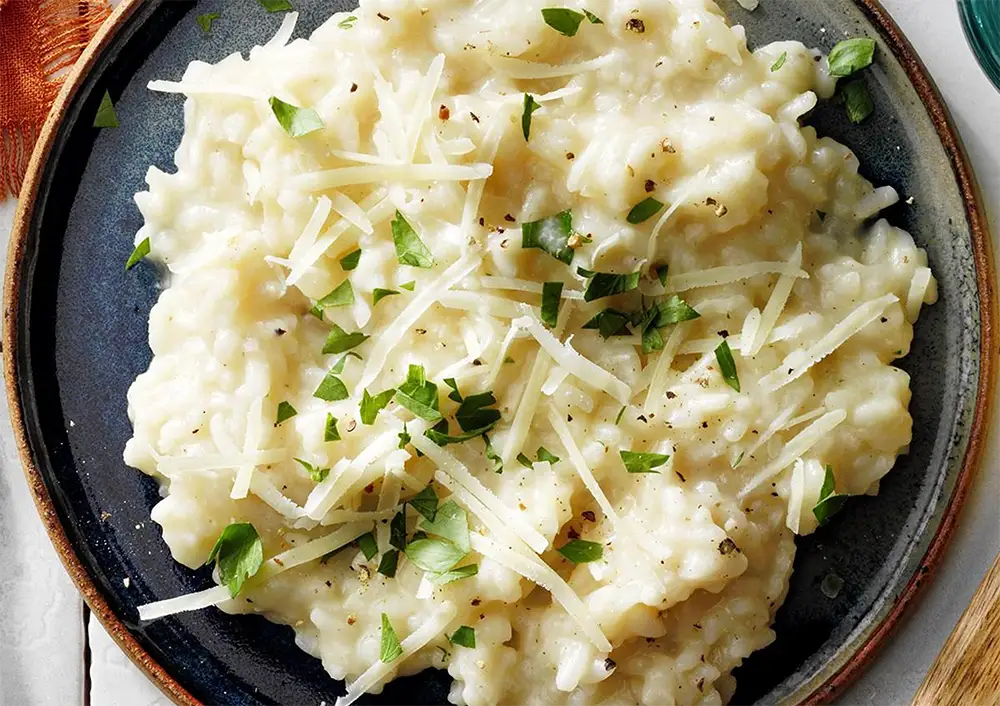The Cauliflower
Cauliflower is in the species Brassica oleracea in the genus Brassica, which is in the Mustard family. It is an annual plant that reproduces by seed. Typically, only the head is eaten – the edible white flesh sometimes called “curd” (with a similar appearance to cheese curd). Brassica oleracea also includes broccoli, Brussels sprouts, cabbage, collard greens, and kale, collectively called “cole” crops.
The word “cauliflower” derives from the Italian cavolfiore, meaning “cabbage flower”.
Horticulture
Cauliflower is relatively difficult to grow compared to cabbage, with common problems such as an underdeveloped head and poor curd quality. Weather is a limiting factor for producing cauliflower, the plant grows best in moderate daytime temperatures 70–85 °F, with plentiful sun, and moist soil conditions high in organic matter and sandy soils. The earliest maturity possible for cauliflower is 7 to 12 weeks from transplanting. In the northern hemisphere, fall season plantings in July may enable harvesting before autumn frost.
Long periods of sun exposure in hot summer weather may cause cauliflower heads to discolor with a red-purple hue.
The most important disorders affecting cauliflower quality are a hollow stem, stunted head growth or buttoning, ricing, browning and leaf-tip burn. Among major pests affecting cauliflower are aphids, root maggots, cutworms, moths, and flea beetles. The plant is susceptible to black rot, black leg, club root, black leaf spot, and downy mildew.
Many species of blowflies, including Calliphora vomitoria, are known pollinators of cauliflower.

Types
There are four major groups of cauliflower.
- Italian: This type is the ancestral form from which the others were derived. It is diverse in appearance, including white, Romanesco, various brown, green, purple, and yellow cultivars, both biennial and annual in type.
- Northern European annuals: Used in Europe and North America for summer and fall harvest, this one was developed in Germany in the 18th century and includes the old cultivars Erfurt and Snowball.
- Northwest European biennial: Used in Europe for winter and early spring harvest, this was developed in France in the 19th century and includes the old cultivars Angers and Roscoff.
- Asian: A tropical cauliflower used in China and India, it was developed in India during the 19th century from the now-abandoned Cornish type and includes old varieties Early Benaras and Early Patna.
Colors
- White – White cauliflower is the most common color of cauliflower, having a contrasting white head surrounded by green leaves.
- Orange – Orange cauliflower contains beta-carotene as the orange pigment, a provitamin A compound. This orange trait originated from a natural mutant found in a cauliflower field in Canada.] Cultivars include ‘Cheddar’ and ‘Orange Bouquet’.
- Green – Green cauliflower in the B. oleracea Botrytis Group is sometimes called broccoflower. It is available in the normal curd (head) shape and with a fractal spiral curd called Romanesco broccoli. Both have been commercially available in the U.S. and Europe since the early 1990s. Green-headed varieties include ‘Alverda’, ‘Green Goddess’ and ‘Vorda’. Romanesco varieties include ‘Minaret’ and ‘Veronica’.
- Purple – The purple color in this cauliflower is caused by the presence of anthocyanins, water-soluble pigments that are found in many other plants and plant-based products, such as red cabbage and red wine. Varieties include ‘Graffiti’ and ‘Purple Cape’.
Nutrition
Raw cauliflower is 92% water, 5% carbohydrates, 2% protein, and contains negligible fat. A 31⁄2-ounce serving of raw cauliflower provides a high content of vitamin C and moderate levels of several B vitamins and vitamin K.
Cooking Cauliflower
Cauliflower heads can be roasted, grilled, boiled, fried, steamed, pickled, or eaten raw. When cooking, the outer leaves and thick stalks are typically removed, leaving only the florets. The leaves are also edible but are often discarded.
Cauliflower is a low-calorie, gluten-free alternative to rice and flour. Between 2012 and 2016, cauliflower production in the United States increased 63%, and cauliflower-based product sales increased 71% between 2017 and 2018. Cauliflower rice is made by pulsing cauliflower florets followed by cooking the result in oil. Cauliflower pizza crust is made from cauliflower flour and is popular in pizza restaurants. Mashed cauliflower is a low-carbohydrate alternative to mashed potatoes.
Recipes
Creamy Roasted Cauliflower Soup
Smokey Roasted Whole Cauliflower
Roasted Cauliflower Black Bean Tacos
Everything you ever wanted to know about cauliflower…
Recipe Box
Lorem Ipsum is simply dummy text of the printing and typesetting industry.
Parmesan and Shallot Risotto
A yummy side to warm your heart and taste buds!
View All Recipe
Stay Connected
Sign up for e-news to learn about special events and offerings.